Which Hominin Are You?
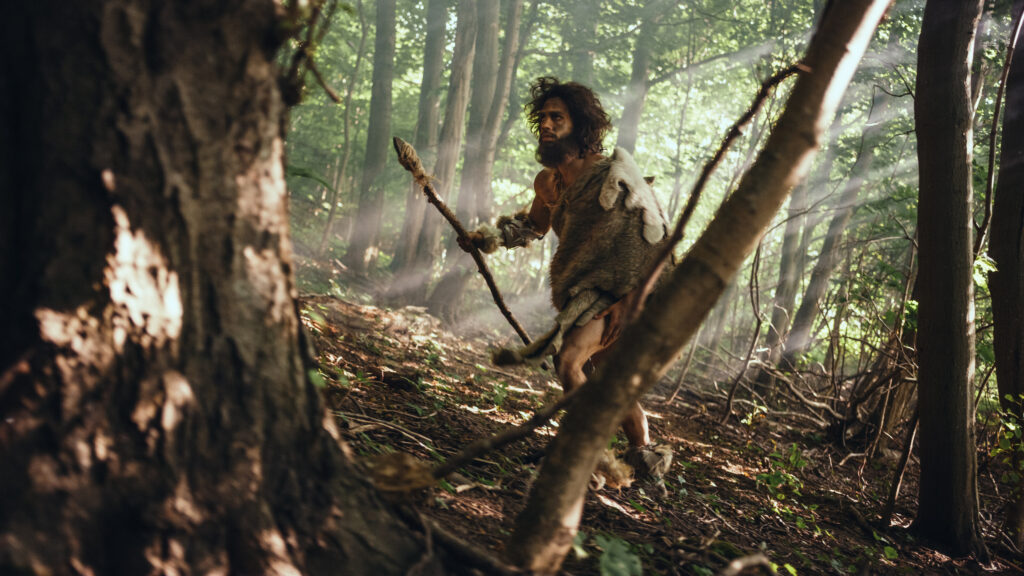
A Personality Quiz
By Sarah Edmondson
Many facts about the daily lives and preferences of ancient human species are impossible to know, but this quiz conceptualizes ancient contexts to spur our imaginations.
Your result
Australopithecus afarensis
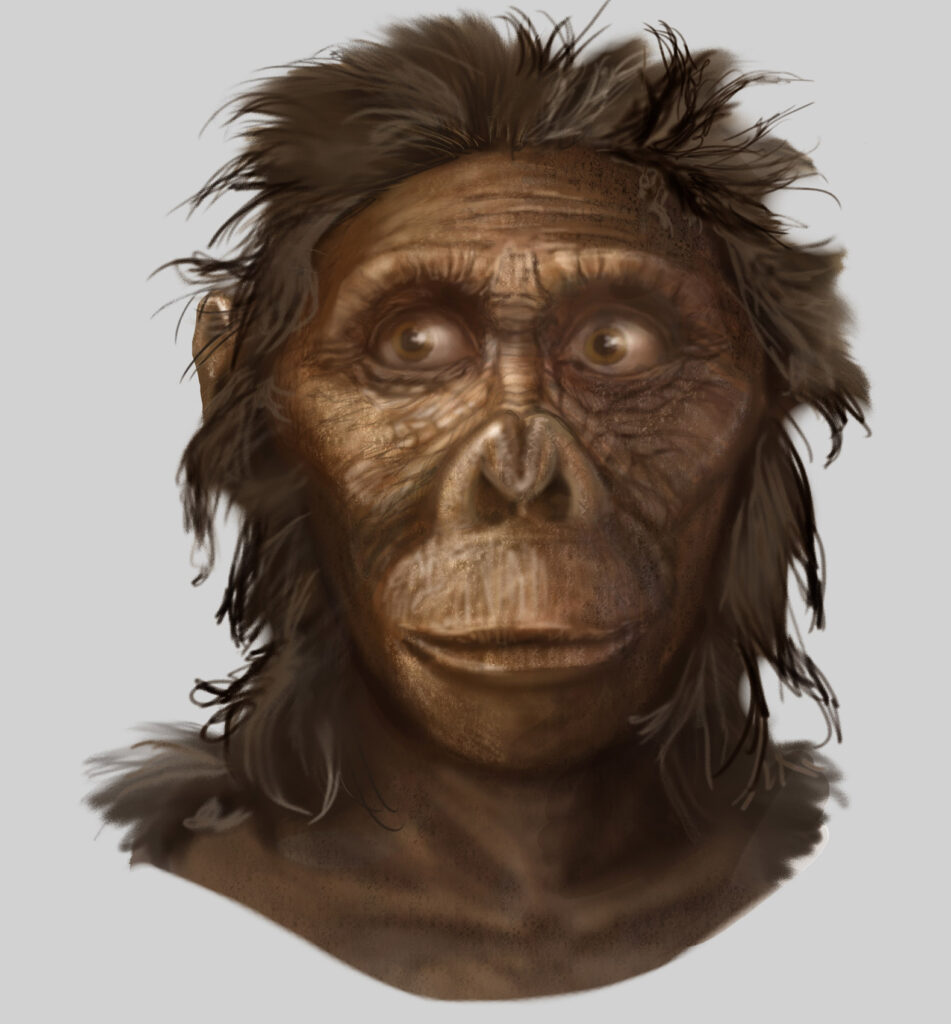
Australopithecus afarensis likely lived between 3.85 and 2.95 million years ago in Eastern Africa, which makes the small-statured creature one of the longest-living of the hominin family. The most famous A. afarensis was “Lucy,” whose remains were found in the 1970s in what is today Ethiopia.
While A. afarensis had a relatively small brain (about one-third the size of modern humans), they were the ultimate survivors, able to adapt to changes in their environment. In terms of diet, A. afarensis ate a wide range of plants, seeds, insects, sweet fruits, and the occasional small animal, such as lizards. With long arms, they could easily climb trees. However, they were also comfortable on the ground walking upright on two legs.
Your result
Homo sapiens

You're a modern person! You and your H. sapiens ancestors have been around for the past 300,000 years and are the first truly global hominin species, able to adapt and live in nearly every climate and part of the planet. Members of this hominin species have complex social systems and hold a diversity of beliefs, practices, and ways of being. They enjoy the everyday comforts and technologies developed collectively by the species over the last many centuries. As a whole, H. sapiens are considered omnivores, which means they might enjoy a hamburger as much as a salad—but many also choose to stick to a plant-based diet based on a diverse set of beliefs and tastes.
Your result
Homo neanderthalensis
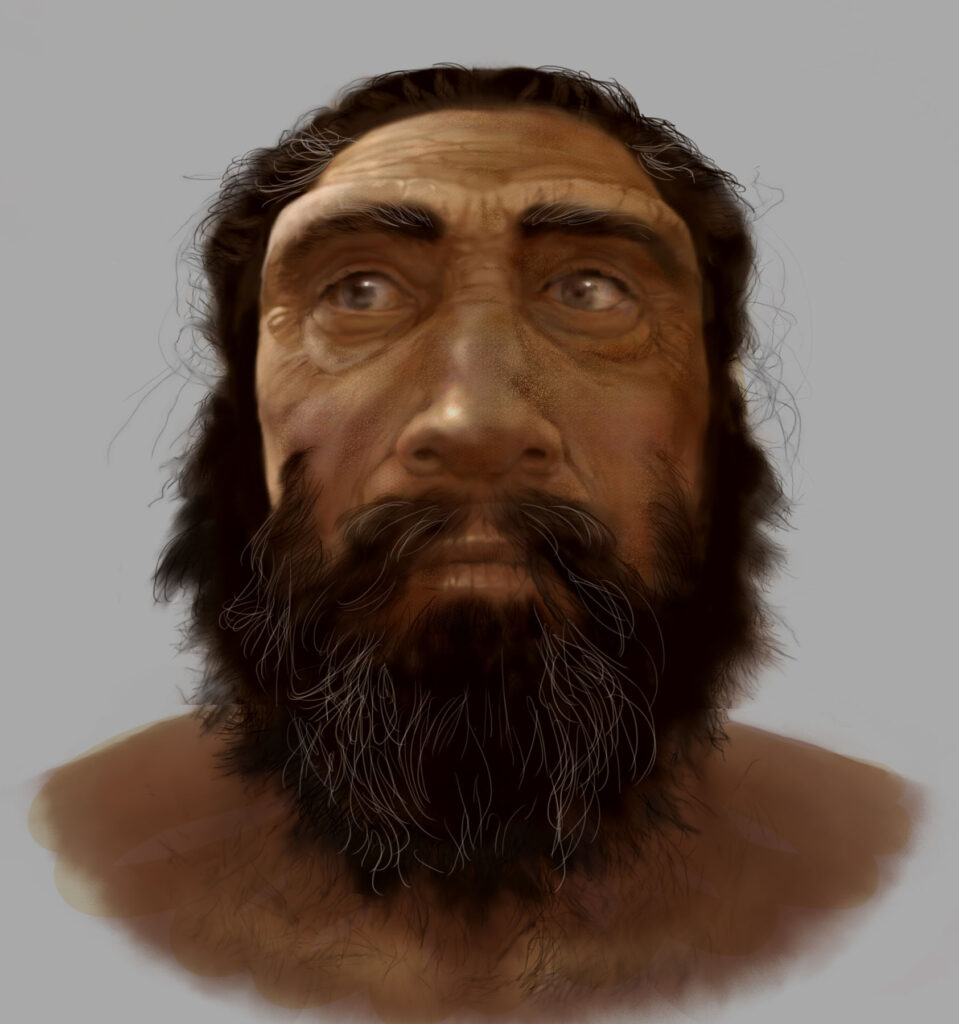
Homo neanderthalensis (more commonly referred to as “Neanderthal”) lived between 400,000 and 40,000 years ago. The species is often thought of as brutish and unintelligent, but this hominin was actually quite creative and displayed complex thinking. Growing evidence shows that Neanderthals likely produced art and sometimes honored their dead with burials—showing their capacity for symbolic thought. They also controlled fire, built homes for themselves, and made clothing.
Neanderthals were particularly skilled at hunting big prey animals, which helped them evolve in colder climates. Their skills as hunters meant they ate a significant diet of meat, though they also were known to eat plants, and in some coastal regions, seals, fish, and mollusk.
Your result
Homo erectus
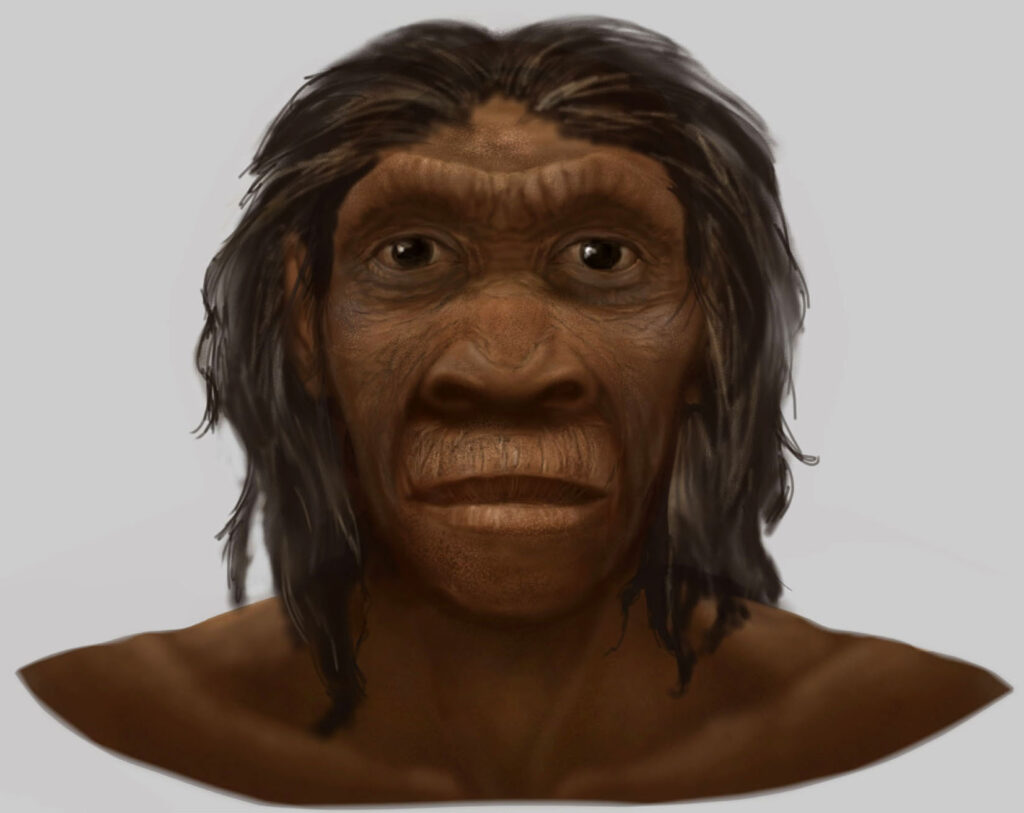
Homo erectus, who lived between 1.89 million and 110,000,was among the first hominin species to fully adapt to life on the ground rather than in the trees. Their bodies reflected this change with longer legs and shorter arms (unlike apes). As the ultimate migrants, their remains have been found from Southern Africa to East Asia and likely overlapped with Homo sapiens around 140,000 years ago.
H. erectus may have been the first hominins to control fire. Many of their remains have been found near or in caves. They crafted the earliest-known tools that had a deliberate shape and were symmetrical, including hand axes and cleavers.
Their diet was likely heavy in meat. Some anthropologists think the extra protein and calories were needed to help with brain size. They also possibly ate tubers and even honey. Another interesting feature of H. erectus was the reduction of sexual dimorphism (different sizes based on sex)—females increased in size when compared to males of the species. One hypothesis for why the females increased in size is that this change was linked to the growing metabolic requirements needed to gestate and breastfeed babies with larger brains.
Your result
Homo floresiensis
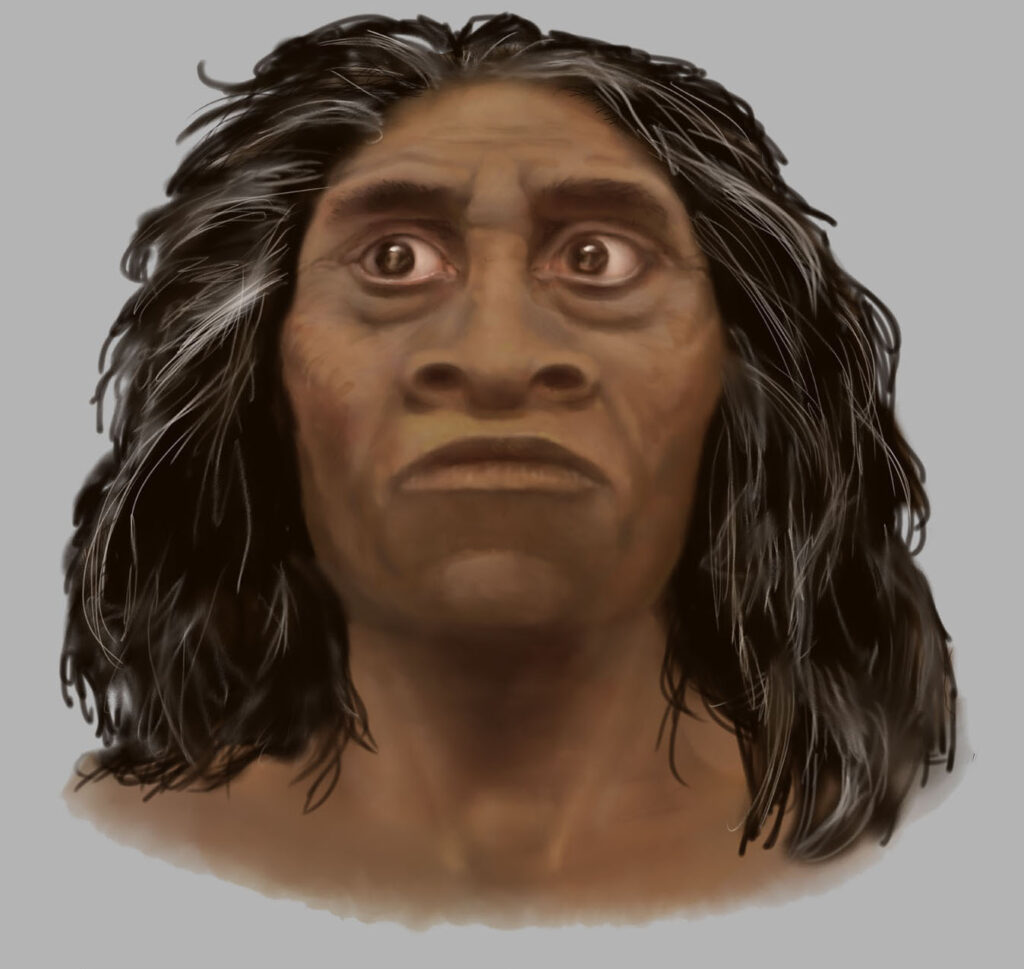
Measuring around 3-foot-6, it is no wonder Homo floresiensis has been nicknamed the “Hobbit.” Their remains have been found on the Indonesian island of Flores. They are believed to have lived between 190,000 and 50,000 years ago.
While they were small in stature and had tiny brains compared to H. sapiens, H. floresiensis was capable of making simple stone tools. Evidence suggests they killed animals as large as Komodo dragons and dwarf elephants of the Stegodon genus. Yet as they made their home in the grasslands, H. floresiensis likely had to contend with a variety of large predators. And though not much is known about their diet, their comparatively large jaws suggest they ate raw meat, including a variety of rodent-like animals.